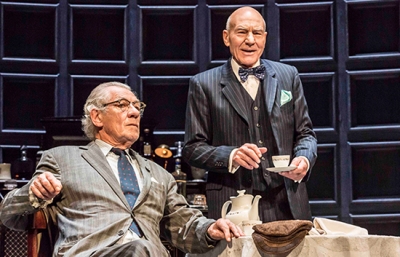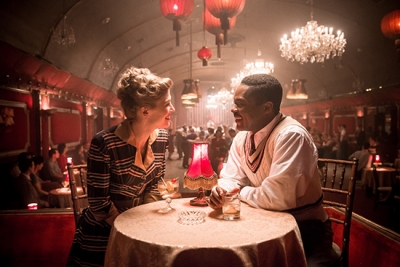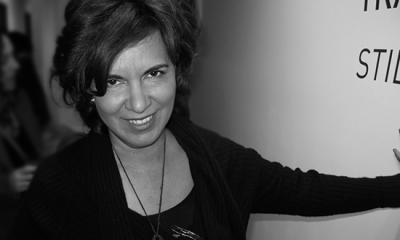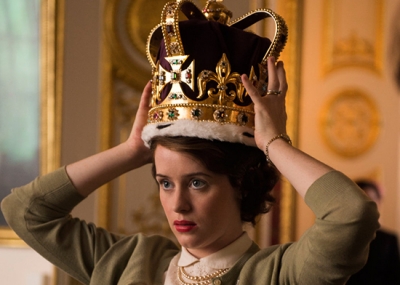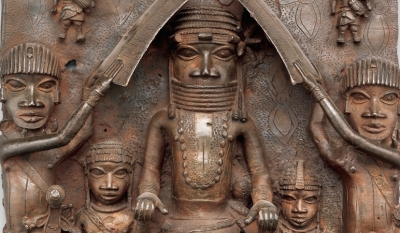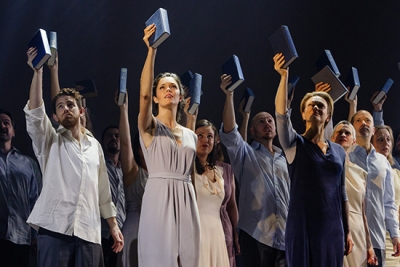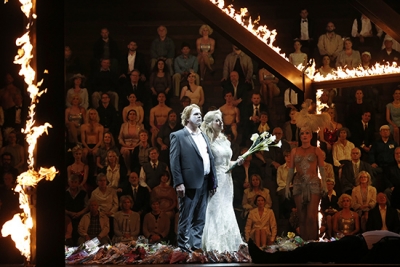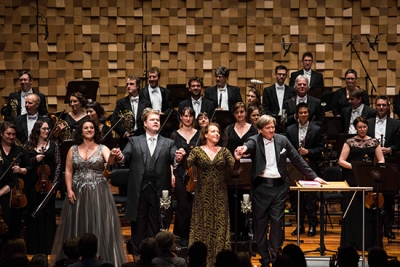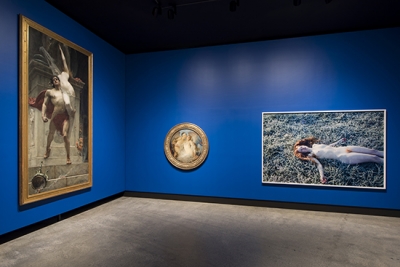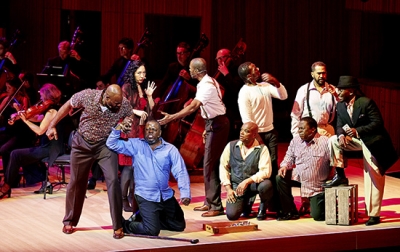Arts
Film | Theatre | Art | Opera | Music | Television | Festivals
Welcome to ABR Arts, home to some of Australia's best arts journalism. We review film, theatre, opera, music, television, art exhibitions – and more. To read ABR Arts articles in full, subscribe to ABR or take out an ABR Arts subscription. Both packages give full access to our arts reviews the moment they are published online and to our extensive arts archive.
Meanwhile, the ABR Arts e-newsletter, published every second Tuesday, will keep you up-to-date as to our recent arts reviews.
Recent reviews
It was in early 1974, while Harold Pinter was in America and working on a screen adaption of F. Scott Fitzgerald’s The Last Tycoon, that the originating image of No Man’s Land occurred to him
... (read more)In London, 1947, a young white English woman named Ruth Williams (Rosamund Pike), of modest background, meets an ordinary-seeming young black man named Seretse Khama (David Oyelowo) at a dance. They go on a few dates, swap jazz records, and then, in short order, the young ...
... (read more)Tracey Moffatt at the Venice Biennale, Brett Whiteley, Brett Dean and Stuart Skelton, Shakespeare: The Complete Works – 100 CDs, Todd in Venice, Summer Showcase, and giveaways from Transmission Films and Entertainment One ...
... (read more)When a friend suggested over dinner that I watch Netflix’s The Crown, I responded with an earthier version of ‘Ten hours about an unelected monarch? Nope.’ It made sense, of course, for the US streaming giant to drop $100ish million on a television drama about Her Maj ...
... (read more)Versailles: Treasures from the Palace (National Gallery of Australia) and A History of the World in 100 Objects (National Museum of Australia)
Two very different touring exhibitions are showing in Canberra this summer. A History of the World in 100 Objects, from the British Museum at the National Museum of Australia, tells a two-million-year story through works from the collection of the British Museum. It is based on former BM ...
... (read more)‘The Jews will not come to it because it is a Christian story and the ladies will not come because it is a virtuous one.’ George Frideric Handel’s much-quoted explanation for the lack of success of Theodora, his penultimate oratorio, may or may not be accurate, but there is no doubt about its ...
... (read more)After the exaltation of the closing duet in Siegfried (memorably sung by Stefan Vinke and Lise Lindstrom), we had to wait until the second part of the Prologue to Götterdämmerung before meeting the post-coital lovers. First we had the Norns (Tania Ferris, Jacqueline Dark, Anna-Louise Cole ...
... (read more)To Sir or not To Sir, Opera Australia season 2017, Nobuyuki Tsujii, and giveaways from Transmission Films and Entertainment One.
... (read more)MONA is not afraid to stage exhibitions that tackle big ideas and ask difficult questions. The latest offering, On the Origin of Art, does just that. As David Walsh, MONA’s owner says, ‘Let’s see if those who have insights into evolution can tease out something about the nature of art.’ ...
... (read more)If any work can be dubbed as ‘The Great American Opera’, it is Gershwin’s genre-transgressing masterpiece, Porgy and Bess. It was based on white Southern writer DuBose Heyward’s novel Porgy (1925), as well as on his highly successful stage adaptation of the novel which had been a hit in ...
... (read more)

